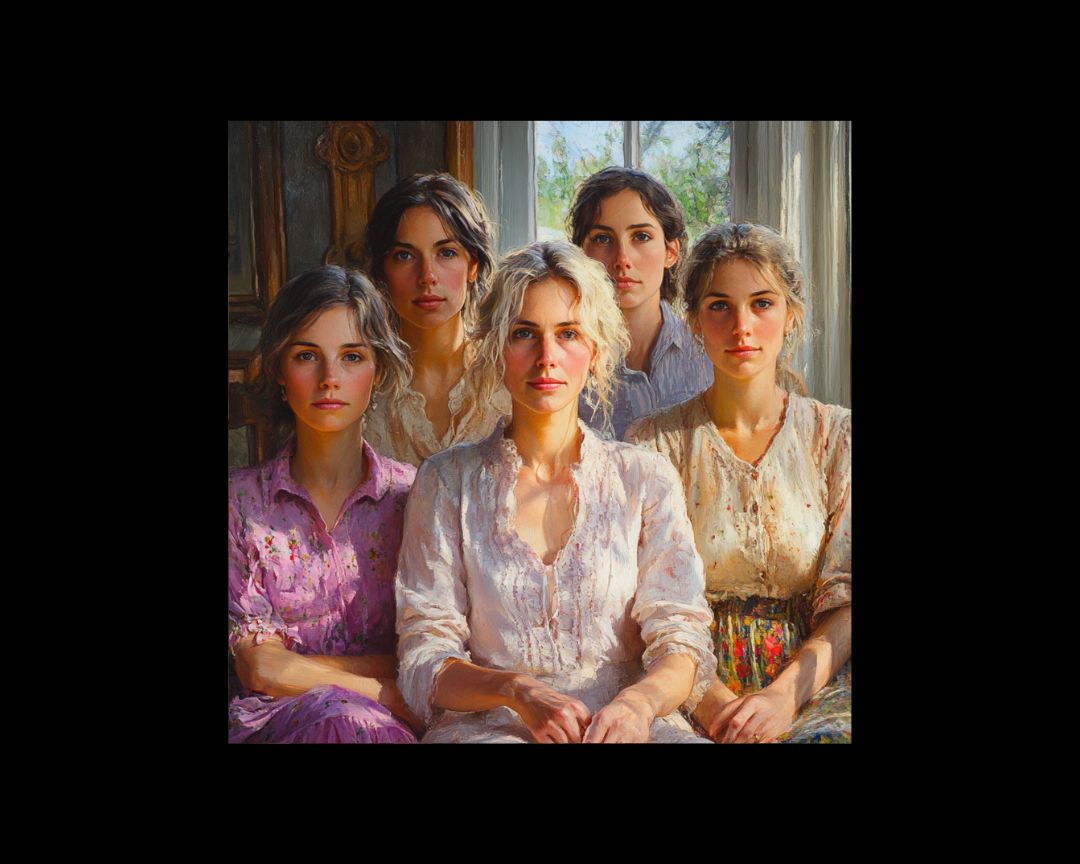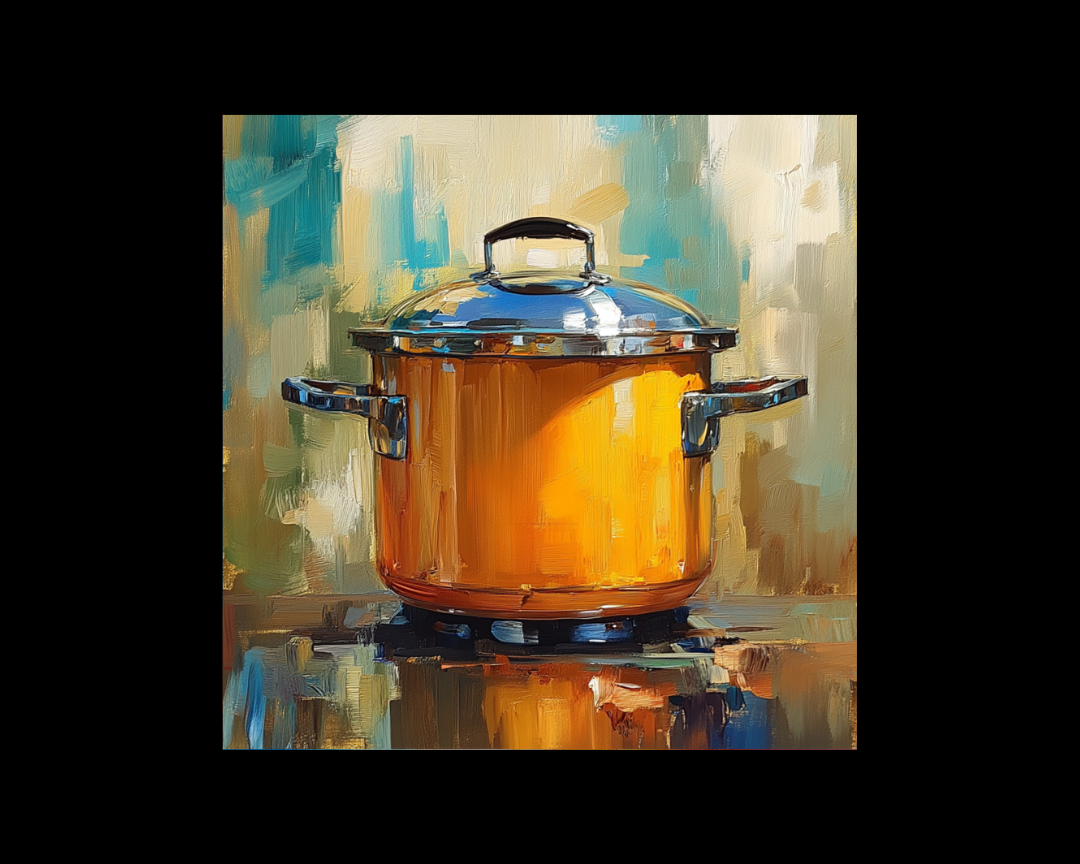What Is Narrative Nonfiction?
Narrative nonfiction is a genre of writing that uses the techniques of fiction—such as character development, storytelling, and scene-setting—while...

The term women’s fiction is frequently used within publishing circles, but its definition remains elusive. While readers and booksellers increasingly favor terms like book club fiction, relationship fiction, or emotional journey fiction, traditional publishing houses and literary agents continue to categorize certain novels under the broad and sometimes controversial label of women’s fiction.
But what does this genre actually encompass, and does it serve a useful purpose? More importantly, for writers crafting stories about relationships, personal growth, and emotional experiences—are they writing women’s fiction, or something more expansive?
At its most basic, the term suggests fiction that focuses on themes relevant to women’s experiences. But this definition is reductive. Does women’s fiction mean books written by women, for women, about women? And if so, does it exclude male authors who write about similar themes?
For example, stories that explore coming-of-age experiences, self-acceptance, love, resilience, and transformation—common elements of women’s fiction—are written by authors of all genders. Despite this, books by male authors tackling these themes are rarely labeled women’s fiction. Instead, they are often classified as literary fiction or general fiction.
This raises a broader question: Is the women’s fiction label a useful genre distinction, or does it serve as a marketing tool that limits how these books are perceived?
Another debated aspect of the genre is the necessity of a female protagonist. Organizations like the Women’s Fiction Writers Association define the genre by its focus on a central character’s emotional journey. However, this definition leaves room for multiple perspectives, including male characters, as long as the emotional transformation remains the core of the narrative.
Many books that explore life-altering events—whether related to love, family, career, or personal discovery—feature both male and female protagonists. Yet, when written by women, these books are frequently labeled women’s fiction, reinforcing the idea that stories about relationships and emotions are inherently gendered.
The term women’s fiction is divisive. Some view it as a dismissive categorization that suggests these books are less serious or commercially viable compared to literary fiction, while others embrace the label as a means of reaching the right audience.
Historically, books categorized as women’s fiction have been marketed with distinctive cover designs—soft pastels, cursive fonts, and images of women gazing into the distance—signaling a certain type of content. This visual branding reinforces stereotypes and often fails to reflect the depth and complexity of the stories within.
While some authors resist the label due to its implications, others recognize its market value. If a genre classification helps a book reach its ideal readership, is it ultimately beneficial, even if flawed?
One consistent feature of books classified as women’s fiction is their emphasis on life transitions. Common themes include:
Navigating major life changes such as marriage, divorce, motherhood, or career shifts.
Exploring the complexities of family relationships and friendships.
Overcoming personal challenges, grief, or trauma.
Seeking identity, independence, and self-discovery.
While these themes resonate with a broad audience, they are often perceived as appealing more to women, reinforcing the label’s continued use. However, many bestselling authors who tackle these topics—regardless of their gender—transcend genre labels altogether.
Market distinctions also play a role in how women’s fiction is categorized. In the U.S., publishers tend to use terms like book club fiction or commercial fiction to appeal to a broader audience, whereas in the U.K., the women’s fiction label persists more prominently. This variation suggests that the term is more of a marketing strategy than a strict literary classification.
As the publishing industry evolves, genre labels continue to shift. More books previously labeled women’s fiction are now classified under upmarket fiction, relationship fiction, or contemporary fiction, reflecting a move away from gendered classifications.
Many industry professionals believe that the women’s fiction label primarily exists to guide marketing and distribution rather than to define a book’s literary merit. The rise of online book retail and algorithm-driven recommendations means that these classifications are more about visibility than literary categorization.
A quick search for best women’s fiction books often returns a mix of commercial bestsellers, literary award-winners, and contemporary novels that focus on relationships and personal growth. This broad spectrum of content further blurs the lines between women’s fiction and other categories.
For writers and readers, the challenge is determining whether women’s fiction serves as a useful genre distinction or whether it restricts how stories are perceived. While some authors embrace the term, others seek more inclusive and descriptive classifications that reflect the depth of their work.
Ultimately, books that explore relationships, identity, and emotional transformation are not limited to a single gendered category. They are stories about life in all its complexity—stories that deserve to be recognized for their universal themes rather than confined by outdated labels.
As publishing continues to evolve, the hope is that these books will be categorized not by the gender of their authors or protagonists but by the richness of their storytelling.

Narrative nonfiction is a genre of writing that uses the techniques of fiction—such as character development, storytelling, and scene-setting—while...

Setting is far more than just a backdrop for your story. When used strategically, it becomes a powerful tool to increase tension, reveal character,...

Far beyond a mere formality, the introduction to a book can shape a reader's experience, setting the stage for the following narrative. A...